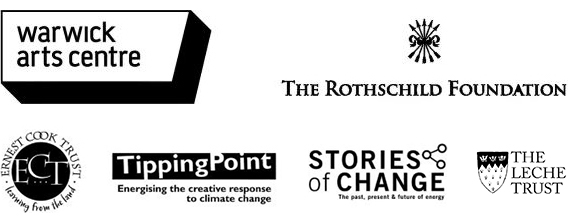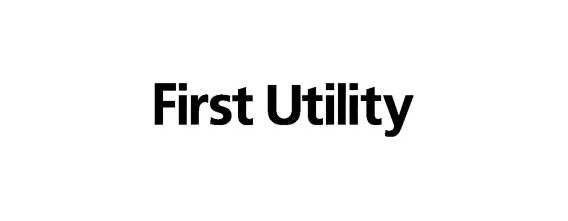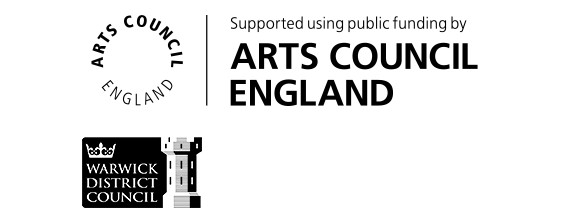Film is an integral part of Charge. The photographs and footage projected in the Strop Duets are pivotal to communicating the idea that memory is a significant theme. Film is similarly used to powerful effect in the penultimate scene, taking the viewer deep inside a confused mind. The three dimensional depth-effect of linking live action with film draws the viewer in to experience for themselves the disorientating horror of memories imploding.
- To begin, project a series of photographs; students should ‘people’ them as though they are these characters, imitating the same positions, levels and facial expressions in a stage-freeze.
- Find a way to enter and leave the photograph that chimes with either the location, characters or mood.
- Task students to find a short piece of film footage to work with (this could be anything from the final game in a tennis match to an extract from a gangster film or wildlife documentary). Play it with the sound turned down and create a storyboard – a sequence of annotated drawings representing the visuals in each shot.
- Think about how you might choreograph live action to connect with the activity and images in the film. Look out for moments when you could:
- join in with what is happening by doing the same sort of actions to place you at the scene
- copy an action or phrase and perform it at exactly the same time as though you are the character
- copy the action or phrase but a split second before or after like a deja-vu or echo
- react to an event in the film
- do something that appears to cause an event to happen in the film
- try to make something happen or stop something happening, but fail
- summarise what is happening by dancing the mood, theme or atmosphere
- ‘Ghost’ a strong image in the film by freezing it in real life
- Think about other ways of tying live action together with film: could you extend the film set into the space, for example, with leaves or furniture or a breeze; continue a lighting or sound effect or costume your dancers in similar outfits?
- Now you have a storyboard and an idea of how you might work with your footage, set the performance space, select your performers and try out the ideas to build a series of phrases as an architecture to your dance. Use the shapes, actions, spatial patterns and energy of the film to in-fill around and between each moment and craft phrases and transitions to orchestrate the action/film relationship.
- Create an arc – a beginning, middle and end to your dance that follows the film storyboard but also adds to it. What starts up first – the film or the live action? How is the link first made? Are the performers conscious of the film? Make sure the scene has a sense of pace and purpose: what is the plot/message?
- How does it end?
- What are your best and worst memories?
- Think about the images, sounds, smells, tastes and textures that come most readily to mind from your childhood and adolescence?
- Curate a memory bank with an assortment of photographs, pictures and video footage showing family members, friends, holidays, outings, significant events, treasured memories (or create a life for an imaginary person).
- Record, sample or loop together snippets of sounds that you remember from your (or your imaginary person’s) childhood; favourite songs/ digital books/TV programmes/video games, kitchen chatter, friends laughing, piano practise, dogs barking, traffic, sirens etc…
- Clip together snippets from your video footage (without sound) and insert the photographs. Add the soundtrack.
- Use the techniques you learned from the first task to build a dance based on the memories that made you the person you are.


